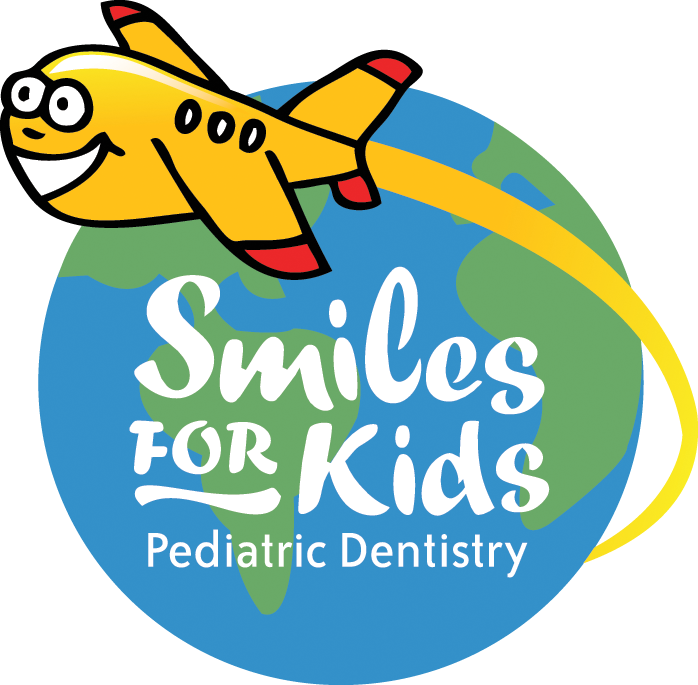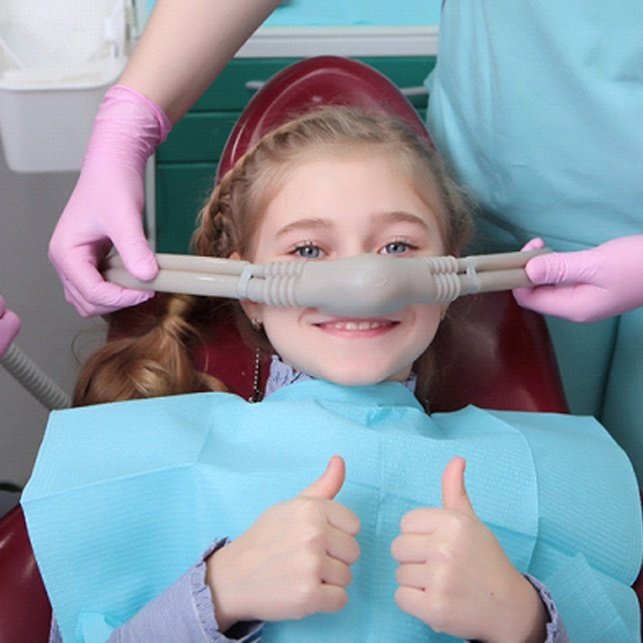Snacks: What should I avoid that is highest risk for causing cavities?
/Did you know that children’s dental health really depends LESS on what they eat, but MORE on how often they are eating it!? FACT: About 90 percent of all foods contain sugars or starches that enable bacteria in dental plaque to produce acids. This acid attack can lead to loss of tooth mineral and to cavities. It is actually WORSE to slowly sip on a sugary drink throughout the day, than it is to drink it all at once. Such long-lasting “snacks” create an acid attack on teeth for the entire time they are in the mouth.
Build healthy habits from the beginning: If children have poor diets, their teeth may not develop properly. Children need protein, vitamins and minerals, especially calcium and phosphorous, to build strong teeth and resist tooth decay and gum disease.
What should you avoid?
Carbonated beverages: Acids present in these drinks can cause EROSION (yes, that’s bad) of enamel, just like the sugars present in sweetened drinks or juices.
Cooked starches (or fermentable carbohydrates) like breads, crackers, pasta, pretzels, potato chips and even dried fruit can lead to cavities just like sugars can BECAUSE they take longer to clear the mouth than sugars. “Does that mean my favorite goldfish snacks?” Yep! They are very sticky on the teeth!
Candies! Duh, you know we had to say that one. But that’s not a snack. Save that for a special treat or special time like a birthday party.
Now what’s good to have?
Choose nutritious snacks that are good for dental health and overall good nutrition. Some healthy snacks are cheese, fresh fruit, vegetables, yogurt, peanut butter and chocolate milk. Limit the number of snack times throughout the day to no more than 3.
CHEESE as the cavity fighter! Certain cheeses have been shown to have characteristics that disrupt the development of cavities and stimulate the flow of saliva, clearing the mouth of food debris and acting as a buffer to neutralize the acids that attack teeth. The calcium and phosphorous found in cheese also reduce or prevent decreases in pH levels of saliva and promote remineralization of tooth enamel.
If your child chews gum, select products that are sugar-free. Recent evidence suggests the use of xylitol chewing gum can decrease a child’s caries rate.
All information provided by FAST FACTS from the American Academy of Pediatric Dentistry (2014)
We LOVE this Practical Tooth Snack Guide provided by The Dentist Dad.
You can download it for free: https://www.thedentistdad.com/snackguide/
































